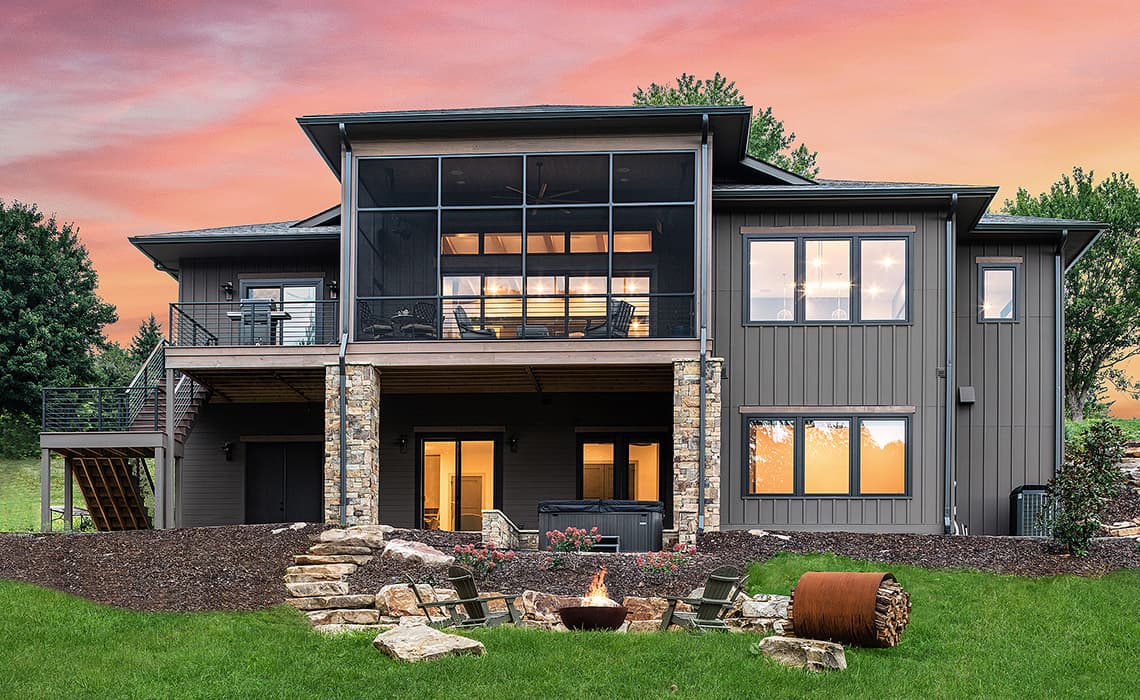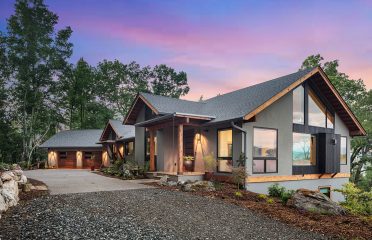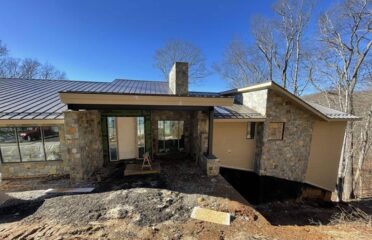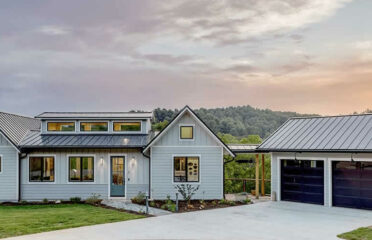The Difference Between a Vacation Home and a Primary Residence
We know one thing that is true. Asheville is a fantastic place to live and play. With all there is to offer in the area from outdoor experiences and amazing dining to the arts, craft beer, and music scenes, it’s easy to understand why people decide to build a second or third home in this area.
While many of our clients are building primary residences, often retiring here from elsewhere or building a larger, more functional home to meet the needs of their growing family, many of our clients are building vacation homes. Let’s delve into the details of building a custom vacation home and how vacation homes are different from primary residences.
What is a vacation home?
There are differences between a primary residence and a vacation – some subtle and some legal. By definition, a primary residence is where you live most of the year. It’s the address listed on your driver’s license, tax returns, and other official documents. You can only have one primary residence at a time.
In contrast, a vacation home is a secondary residence, usually in a different city or state, that is used primarily for recreational purposes. Vacation homes are typically used occasionally instead of being where you spend most of your time.
Vacation home considerations
If building a vacation custom home is on your bucket list, then there are a few considerations you’ll want to keep in mind as you lay your plans.
- Location. While primary residences are often in convenient locations, in close proximity to work or schools, vacation homes are usually located in places that offer an escape from the daily grind. Here, vacation homes are all about the views or being tucked away in the forest. Make sure you consider accessibility, proximity to healthcare, and local regulation when considering the perfect lot.
- Construction Financing. There are different financial considerations between the two types of homes, too. Mortgage lenders and the IRS treat them differently. Lenders often have different requirements for vacation homes. If you aren’t paying cash to build your vacation home, then you might want to speak to someone about the construction loan process. Tax benefits vary so you’ll need to speak with an accountant about that.
- House Plans and Design. Whether we’re building your primary residence or your vacation home, it’s always about your vision. Do you want a reading or yoga room that overlooks a serene mountain meadow? Do you need a stable for your mountain bikes, kayaks, and fishing gear? Do you want something big enough for the entire family to gather at Thanksgiving, or do you want a cozy, intimate retreat just big enough for you, your spouse, and your Labrador Retriever? Whatever you design, make sure it enhances your experience so that it always feels like a vacation when you arrive.
- Smart Home Technology. Thanks to smart, remote technology, you can manage your vacation from your phone, wherever you may be. Security cameras, smart locks, and sensors provide real-time updates on activities and potential issues. Smart thermostats and lighting systems help regulate energy usage. You can even pre-cool or pre-heat your vacation home before arrival using smartphone apps. For added peace of mind, you can receive alerts for water leaks, temperature changes, or unauthorized access.
Building your personal retreat
Building a vacation home allows you to create a personalized retreat that are 100% about your preferences! Most often, our clients build two- or three-story vacation homes that easily live on one level. The other levels, which can accommodate the entire family when they visit, have their own HVAC systems and can easily be closed off to minimize energy use. The main level typically offers one to two bedrooms and plenty of living area to accommodate a few people.
If you plan to put your vacation home on the short-term rental market while you’re not using it, then it’s important to include at least one locking owner’s closet to keep your personal possessions and heirlooms safe. You’ll also what to make sure your furnishings are appropriate, and the space isn’t overly personalized.
Enjoying your custom vacation home
We’ve built many custom vacation homes over the years, from a sweet cottage to a luxurious dream home. One thing we excel at is helping homeowners decide how they want to experience their vacation home so that they can enjoy it for years to come. We’d love to hear about your plans. Connect with us today to get started on your vacation home.







